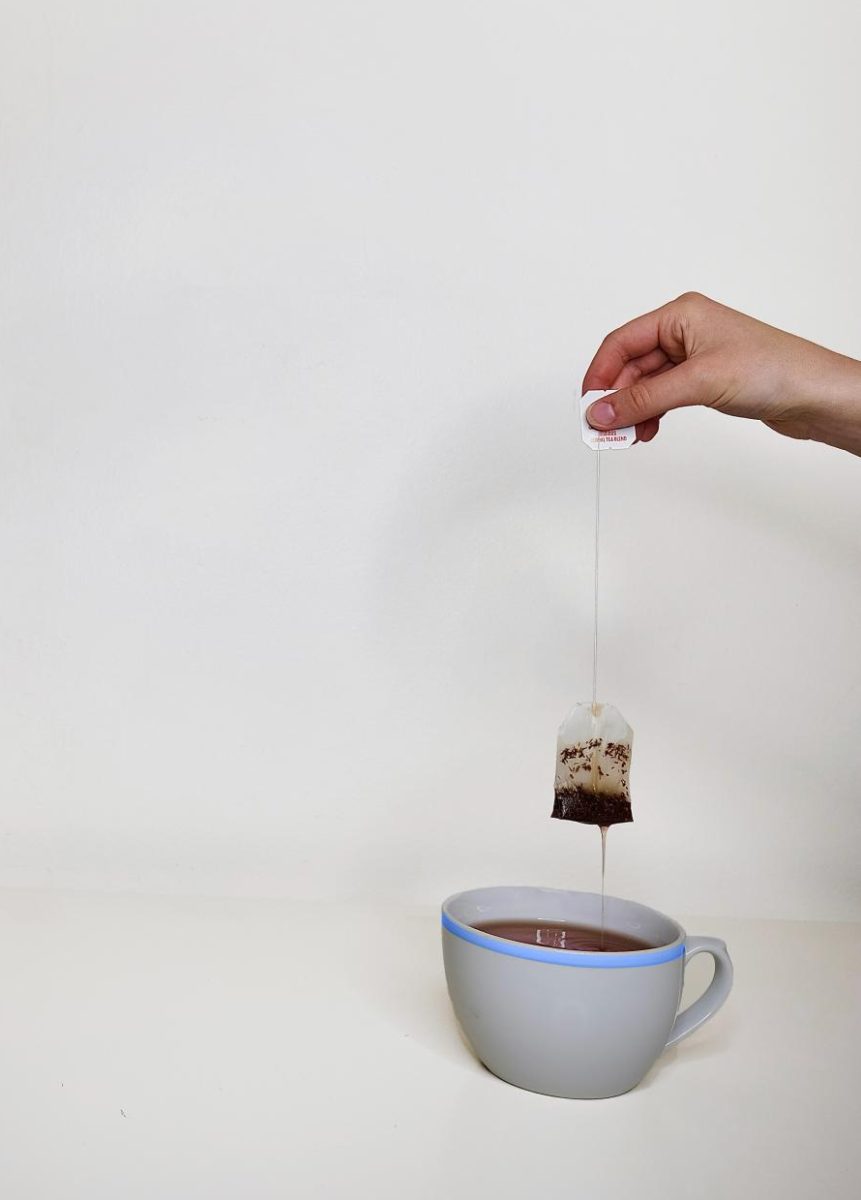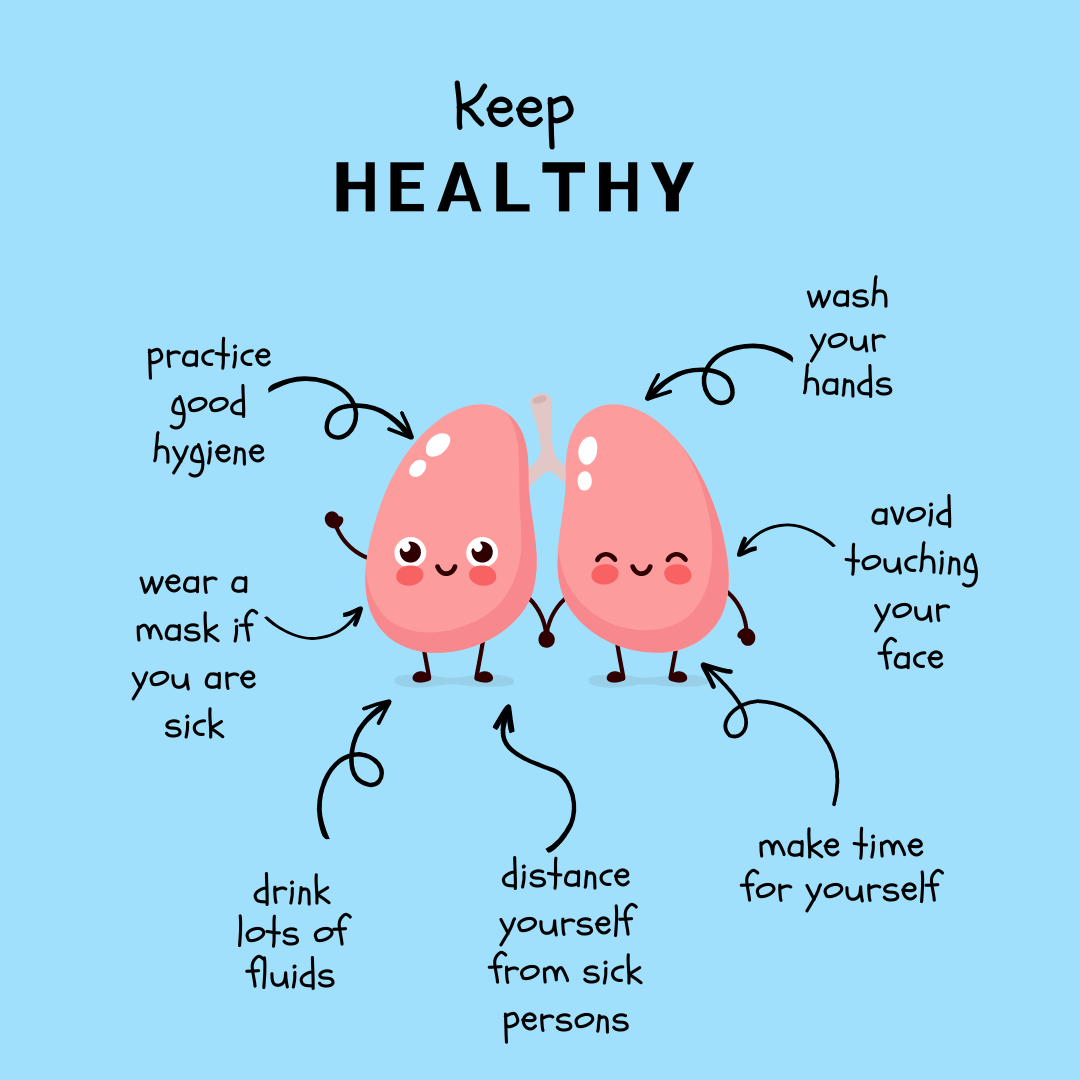When someone mentions health, the first thing that comes to mind might be eating balanced meals, exercising or getting a good sleep schedule, but there is a rising issue that often goes unmentioned in the health space, and that is microplastics. Plastic is notorious for being non-biodegradable, meaning it cannot be broken down naturally. Instead of breaking down, plastic gets smaller and smaller into substances called microplastics, which are any plastics under five millimeters in size.
Scientists have a long way to go in studying these synthetic polymers, but the connections they’ve made so far show that plastic particles pose a threat to our health. According to the Stanford Report, studies show that exposure to microplastics could be linked to certain cancers, cell damage, heart attacks, reproductive issues and more. So that begs the question: how can people reduce their exposure to microscopic plastics and minimize these health risks?
Microplastics are everywhere from the deepest ocean floors to the tallest mountains, and they are inside all of us. They’ve even been found in people’s brains. Still, there are easy ways for people to limit their exposure. In the kitchen, glass food containers and wood cutting boards are much better than their plastic alternatives. Additionally, heat releases microplastics at a faster rate, so it is better to microwave food in glass or ceramic containers rather than plastic containers. Loose leaf tea is also safer than tea bags. This is because most tea bags are made of plastic, so with a cup of tea there could be an abundance of tiny plastic particles. In other parts of a home, natural, nonsynthetic textiles can make a big difference. For example, linen curtains, cotton bedsheets and wool rugs are healthier than their cheaper, polyester alternatives. The same goes for clothing. This is because most clothing created today is made of synthetic materials.
Simply put, even though there are microscopic plastics everywhere, all of these changes can make a big difference when done together. Tackling microplastics is one way people can take their health journey to the next level.


![James Palanca (12) gives a thumbs up to indicate that he heard his coach. Palanca is in the same boat as Tripp Jones (12) and Will Yin (11).“[Rowing is] beautiful but it’s [also] a technical sport,” Palanca said.](https://laduetoday.com/wp-content/uploads/2024/11/Screenshot-2024-11-13-at-10.41.32 AM-1200x799.png)







